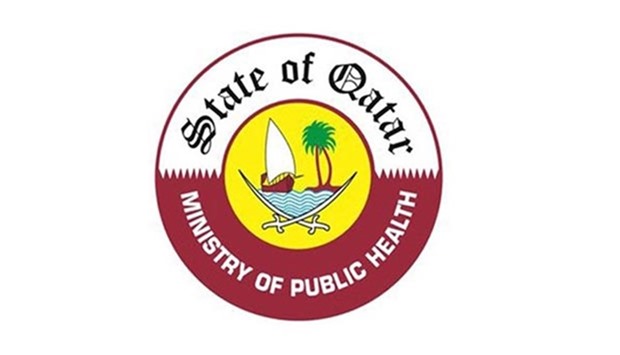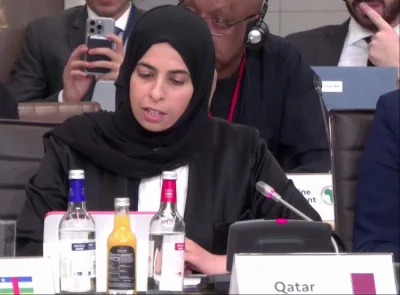About 43% of the total students who participated in a growth monitoring programme by the Ministry of Public Health (MoPH) were found to be overweight or obese. While 21.2% were overweight, 21.5% were obese.
Combined overweight and obesity prevalence was 44.8% and 40.4% among males and females, respectively, and 45.6% and 40.9% among Qatari and non-Qatari students, respectively.
The results were from the growth-monitoring programme for school students between 5-19 years for the academic year 2015-2016. The collected data included 164,963 students from 296 private and government schools.
The programme was implemented in collaboration with the World Health Organisation, Ministry of Education and Higher Education, Primary Health Care Corporation and Hamad Medical Corporation.
The highest prevalence of overweight and obesity was found among Qatari males (47.3%) followed by Qatari females (44%), non-Qatari males (43.5%) and non-Qatari females (38.3%).
Dr Shaikha al-Anoud bint Mohammed al-Thani, manager of health promotion and non-communicable diseases at MoPH said that the results are helpful in supporting and strengthening existing public health programmes and policies.
She stressed that the programme to monitor the growth of school students in Qatar between 5 and 19 years is considered as a part of the National Action Plan for Nutrition and Physical Activity 2017-2022. She added that the health of children and adolescents is a priority of the National Health Strategy 2018-2022, which aims to reduce the burden of obesity and non-communicable chronic diseases such as cardiovascular disease, diabetes and high blood pressure among Qatari community.
The objectives of this ongoing programme includes developing a database and surveillance system on weight and height distribution in schools for early detection and diagnosis of overweight, obesity and underweight students, monitoring and evaluation on the effectiveness and cost-effectiveness of various programmes, reducing the burden of obesity and related non-communicable diseases. It also aims to encourage students to follow a healthy diet and regular physical activity in and out of school environment.
The programme comprised of taking accurate measurements of weight and height and calculating body mass index which is an important indicator of physical well being in determination of body weight composition. The aim is to assess children and adolescent health by using this approach to identify malnutrition, underweight, overweight, and obesity status among youth and transfer these cases to primary health care centres and hospitals.



